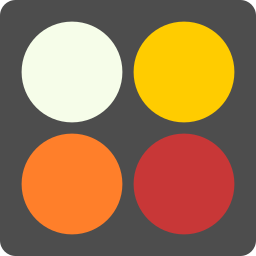
asNoise2D¶
A fractal noise node, with recursion, and an ample choice of noise primitives.
Parameters¶
Color Parameters¶
- Color 1
- Primary color.
- Color 2
- Secondary color.
- Contrast
- Contrast between primary and secondary colors.
Noise Parameters¶
- Type
The noise primitive used. It can take the following values
- Perlin [Perlin:1985:IS:325165.325247]
- Simplex [Perlin:2002:IN:566654.566636]
- Value
- Voronoise [1] [Worley:1996:CTB:237170.237267]
- Gabor [Galerne:2012:GNE:2185520.2185569], [Lagae:2009:PNU:1531326.1531360]
- Intensity
- The global noise intensity.
- X Frequency
- The noise frequency along the x direction.
- Y Frequency
- The noise frequency along the y direction.
- Ridges
- Toggling this checkbox will enable the Ridged Noise mode. A noise mode more suited to modelling the appearance of crests, mountains, when used to drive a displacement or bump map.
- Inflection
- Enabling this checkbox will force the noise function to return a absolute value (if the noise was in [-1,1] range to begin with, otherwise it won’t have any effect).
- Signed Noise
- Enabling this checkbox makes the noise function return values in the [-1,1] range, and disabling it will return values in [0,1] range.
Motion Parameters¶
- Animated Noise
- Enabling this checkbox will animate the noise along time.
- Frame Time
- Frame time, typically the frame number.
- Time Scale
- Global time scale, affects the frame time.
Periodic Parameters¶
- Periodic
- Enabling this checkbox will enable periodic noise, with a user-set x and y period.
- X Period
- The x period when using periodic noise.
- Y Period
- The y period when using periodic noise.
Voronoise Parameters¶
- Smoothness
- Controls the smoothness of the generalized Voronoi noise, with low values having a sharp cell boundary, and high values having a smooth Perlin noise like appearance.
- Jittering
- Controls the jittering of the Voronoi cells, with low values producing a regular cell grid, and high values producing a randomized cell grid.
Gabor Parameters¶
- Anisotropy
This parameter controls the type of Gabor noise used. It can take the values
- Isotropic
- Anisotropic
- Hybrid
- Direction
- Anisotropy vector to use when the Gabor noise Anisotropy mode is set to Anisotropic.
- Bandwidth
- The bandwidth for the Gabor noise.
- Impulses
- The number of impulses for the Gabor noise.
- Filter Noise
- Enabling this checkbox will produce antialiased noise.
Recursion Parameters¶
- Amplitude
- Initial noise amplitude before recursion.
- Octaves
- The number of interations to perform.
- Cascade
The type of iteration to perform. It can be
- Additive
- Multiplicative
In the first case, the results of each iteration are accumulated, and in the second case, they are multiplied with the previous product.
- Lacunarity
- Control for the gap between successive noise frequencies (sucessive octaves).
- Offset
- Controls the multifractality.
- Gain
- Controls the contrast of the fractal.
- Distortion
- This parameter distorts the domain of the coordinates for each frequency.
Outputs¶
- Output Color
- The color resulting from ghe Features Mode choice.
- Output Alpha
- The alpha resulting from the Features Mode choice, usually luminance of the color only.
Screenshots¶
Some examples of what can be achieved, and is provided as presets.

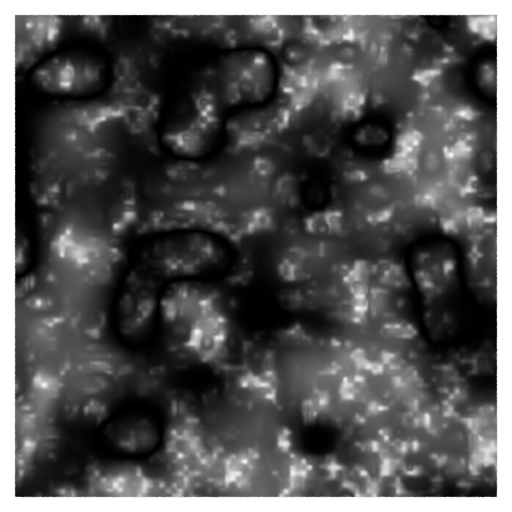

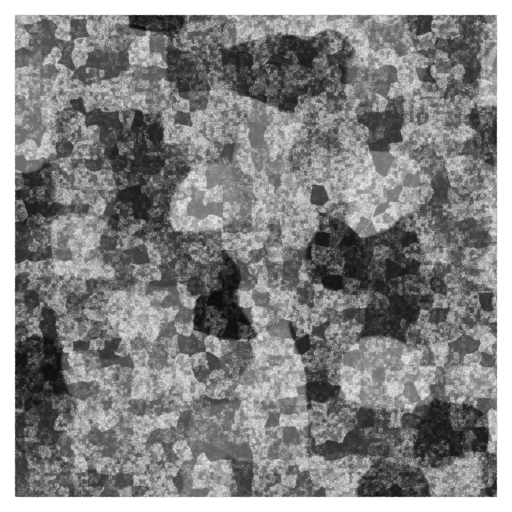
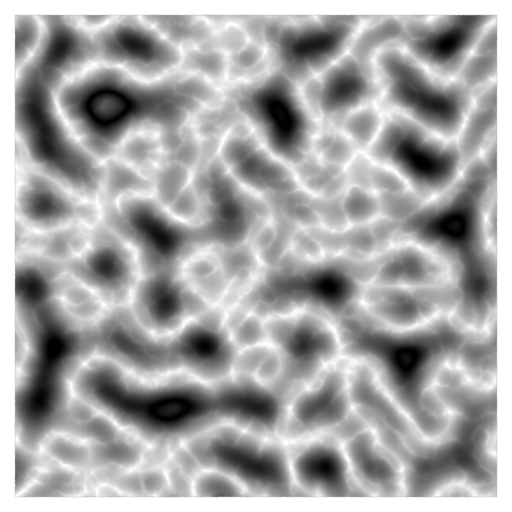


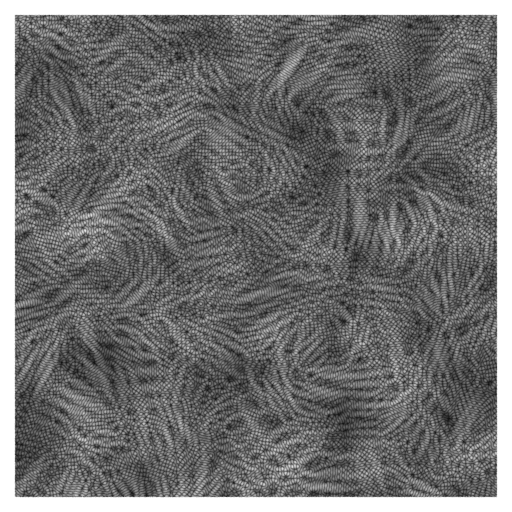
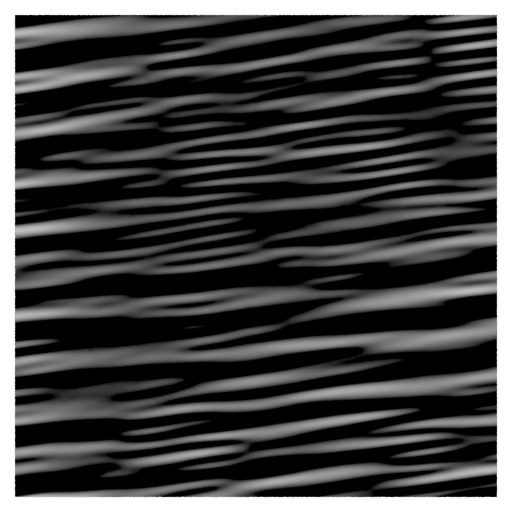
Footnotes
| [1] | Also known as generalized Voronoi. See Inigo Quilez article on voronoise. |
References
| [GLLD12] | Bruno Galerne, Ares Lagae, Sylvain Lefebvre, and George Drettakis. Gabor noise by example. ACM Trans. Graph., 31(4):73:1–73:9, July 2012. URL: http://doi.acm.org/10.1145/2185520.2185569, doi:10.1145/2185520.2185569. |
| [LLDDutre09] | Ares Lagae, Sylvain Lefebvre, George Drettakis, and Philip Dutré. Procedural noise using sparse gabor convolution. ACM Trans. Graph., 28(3):54:1–54:10, jul 2009. URL: http://doi.acm.org/10.1145/1531326.1531360, doi:10.1145/1531326.1531360. |
| [Per85] | Ken Perlin. An image synthesizer. SIGGRAPH Comput. Graph., 19(3):287–296, jul 1985. URL: http://doi.acm.org/10.1145/325165.325247, doi:10.1145/325165.325247. |
| [Per02] | Ken Perlin. Improving noise. ACM Trans. Graph., 21(3):681–682, jul 2002. URL: http://doi.acm.org/10.1145/566654.566636, doi:10.1145/566654.566636. |
| [Wor96] | Steven Worley. A cellular texture basis function. In Proceedings of the 23rd Annual Conference on Computer Graphics and Interactive Techniques, SIGGRAPH ‘96, 291–294. New York, NY, USA, 1996. ACM. URL: http://doi.acm.org/10.1145/237170.237267, doi:10.1145/237170.237267. |
